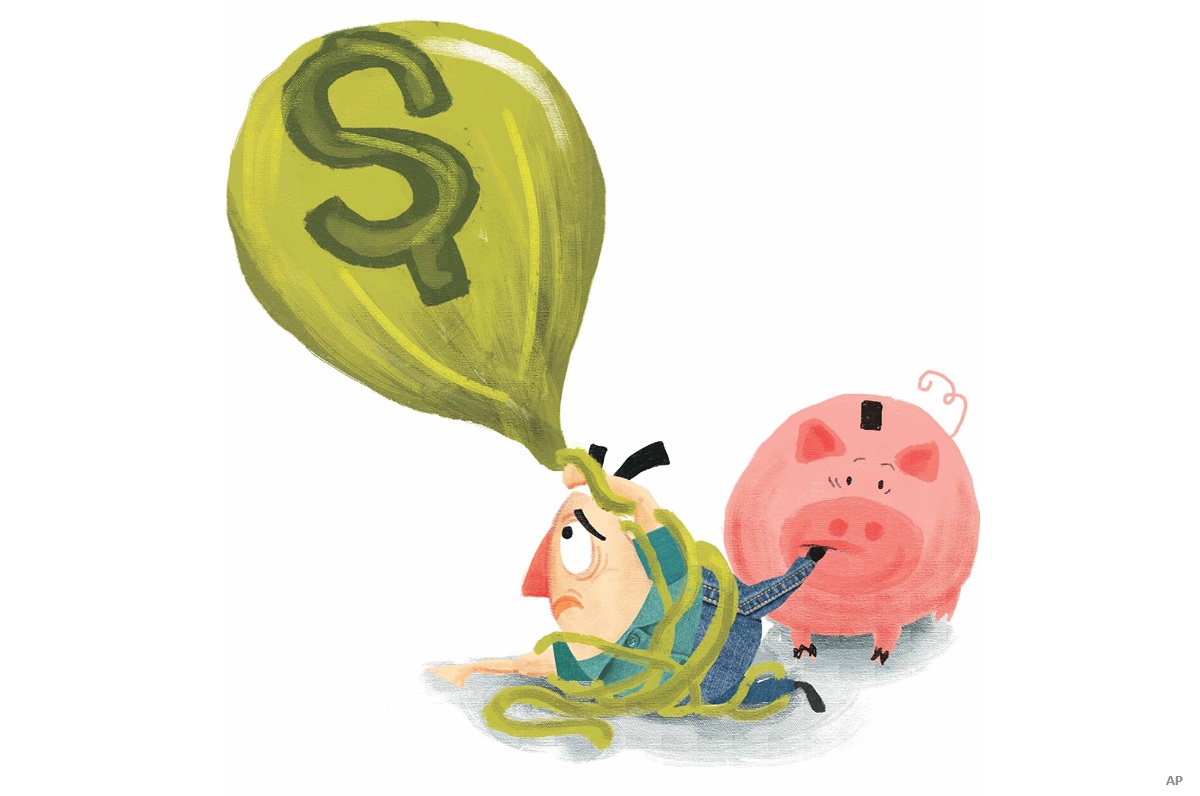
Long-time U.S. stock picker Brian Berghuis expresses concern about the state of monetary and fiscal policies in the U.S., which he believes are contributing factors to an overheated U.S. equity market.
The task of managing the $3.7 billion 5-star rated TD US Mid-Cap Growth – F Series has become tougher in the past few months and caution is the byword.
“There is always something to buy, but it’s getting harder to find attractive stocks,” says Berghuis, vice-president and portfolio manager at Baltimore-based T. Rowe Price Associates Inc., and a 36-year industry veteran who has been with the firm since he earned an MBA at Harvard Business School in 1985. In 1981, Berghuis earned an AB from Princeton University’s School of Public and International Affairs.
“There are software service companies that are growing quickly, but their valuations are astronomical,” adds Berghuis. “People are also very excited about some life science companies and for good reason. But some of the valuations seem unreasonable.”
Don’t Forget Dot Com
This all harks back to 1999, argues Berghuis, who leads a four-person team, which is backed by 60 analysts. Together they oversee US$76 billion in aggregate that is anchored by the US$38 billion T. Rowe Price Mid-Cap Growth Fund and institutional accounts focused on the U.S. mid-cap growth portion of the market (that segment spans companies with a market capitalization of US$5 billion to US$40 billion). “Back then, people were very excited that the Internet would change the world. It was being driven by fibre optics and some exciting growth industries. The Internet has changed the world. But it took Amazon.com Inc. (AMZN) eight or nine years to go back to its price in 1999. Meanwhile, some very good companies are still below where they were back then.”
Today, Berghuis observes, investors are pouring into cloud software stocks and the latest in life sciences names. “It’s very exciting and these developments will change medicine over the next 20 years. But based on the valuations, they assume that everybody will win and these companies can grow 30% plus a year for the next decade or more. But very, very few companies can do that. My response is, ‘There is a price for everything. Yes, some of these companies are very exciting. But I think I will be able to buy some of these high-flyers in the next few years at substantially lower prices.’”
An investor who tends to have a buy-and-hold philosophy, and whose funds have a turnover ratio of 30-40%, Berghuis has guided T. Rowe Price’s U.S. Mid-Cap Growth Strategy since 1992 and TD U.S. Mid-Cap Growth Fund since Dec. 1993. In 2000, TD launched the F class series. Last year, that series returned 20.8%, compared to 9.86% for the U.S. Small/Mid Cap Equity category. Over five and 10 years, the fund averaged 16.63% and 17.19% respectively, versus 12.44% and 12.56% for the category.
Lots of Printing and Pumping
Berghuis attributes the euphoric mood in the market in part to the combined effect of the ultra-low interest rate policies of the Federal Reserve and the Biden administration’s loose fiscal program that are meant to address the economic impact of the COVID-19 pandemic. “They are driving prices up in virtually all markets. The stock market is no different. Valuations are high and there are indications of froth everywhere,” says Berghuis. “Retail investors are chasing meme stocks such as video game retailers. There are SPACs, special purpose acquisition corporations, or blank cheque companies, which raise money to invest in a business which they will only tell you about later.”
Although Berghuis regards the mid-cap growth segment of the market as the “epicentre” for some speculative companies, he is not predicting imminent collapse. “But I am cautious. You never know how these things will end. The Fed is continuing to say it is on hold for a long time and it will suppress interest rates. Bonds pay nothing and there doesn’t seem to be any upside. So money is flying into the stock market because people see no alternative. In the short term, that seems true. But it’s frothy and speculative. We are being cautious.”
While keeping an eye on macro-economic developments and trends, Berghuis is largely a bottom-up investor. Currently, healthcare represents the largest sector, at 26% of the fund, followed by 20% in technology, 17% consumer staples and discretionary and 17% industrials.
Four Ingredients for ‘Strong’ Growth
In screening for stocks, Berghuis and his team look for four key criteria: First, they focus on the quality of management. Second, they want companies that have an advantaged business model, such as a strong brand, that will lead to better returns over the long run. Third, they look for companies with strong cash flow and balance sheets. Indeed, they have a so-called hurdle rate and select companies that they believe can generate minimum annualized 12% cash flow and earnings growth over a business cycle. “In good times, people ignore balance sheets. One of my mentors told me many years ago that 99% of the time the balance sheet doesn’t matter. But the 1% of the time that it does matter, it’s the only thing that matters. I’ve never forgotten that.” Finally, says Berghuis, valuation matters a great deal. “Some managers just try to find the fastest growth. We like companies with strong growth, too. We will pay up for them, but not to extent that other managers will.”
One representative name in a fund with 145 holdings is Ball Corp. (BLL), a dominant player in the business of making aluminum cans for beer and soft drinks. The company, which is categorized as an industrial stock, has a market cap of about US$29.6 billion.
“This company is very well managed,” says Berghuis, adding that he has held the stock for close to a decade. “It’s a 10% to 15% [earnings and cash flow] grower. The aluminum can industry has been consolidating over the last 10 years or so and Ball is part of that process. It is a competitive industry but price wars don’t happen very often. So the earnings growth is fairly steady.”
Ball Corp., which has also benefitted from consumers favouring easily recyclable aluminum cans over plastic bottles, is trading at around US$90.30 (as of May 6), or a forward price-earnings ratio of about 20 times. Berghuis estimates the stock could climb to about US$115 within 18 months.
Another favourite is Vail Resorts Inc. (MTN), which owns resorts in Colorado, Vermont and Whistler, B.C., and has a market cap of US$12.5 billion. “It has a very good management team which has been there for over a decade,” says Berghuis. “The principal asset is a very scarce resource and you can’t make any more of them—the mountains.”
In the past, the weather has been a driver of Vail Resorts’ business, Berghuis notes, yet management developed a system of season passes that can be used at its network of resorts, and effectively smooth out its earnings. “That takes the weather out of the equation. If you give people a good deal and get them to sign up before the season, your customers are taking the risk of the weather. The idea is that: ‘let’s make it as affordable as we can, but we will more than make it up on the ancillary operations, such as food services and ski schools.’”
Acquired about eight years ago, at about US$55, the stock is now trading at US$310. Berghuis believes it has further to rise and estimates it can trade at US$350 in about 12 months.





















